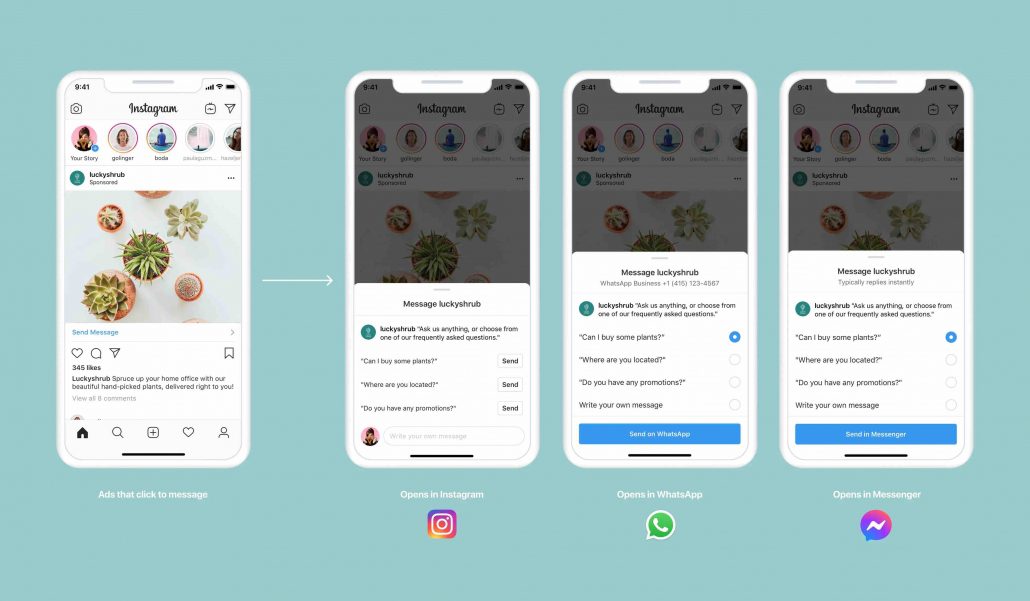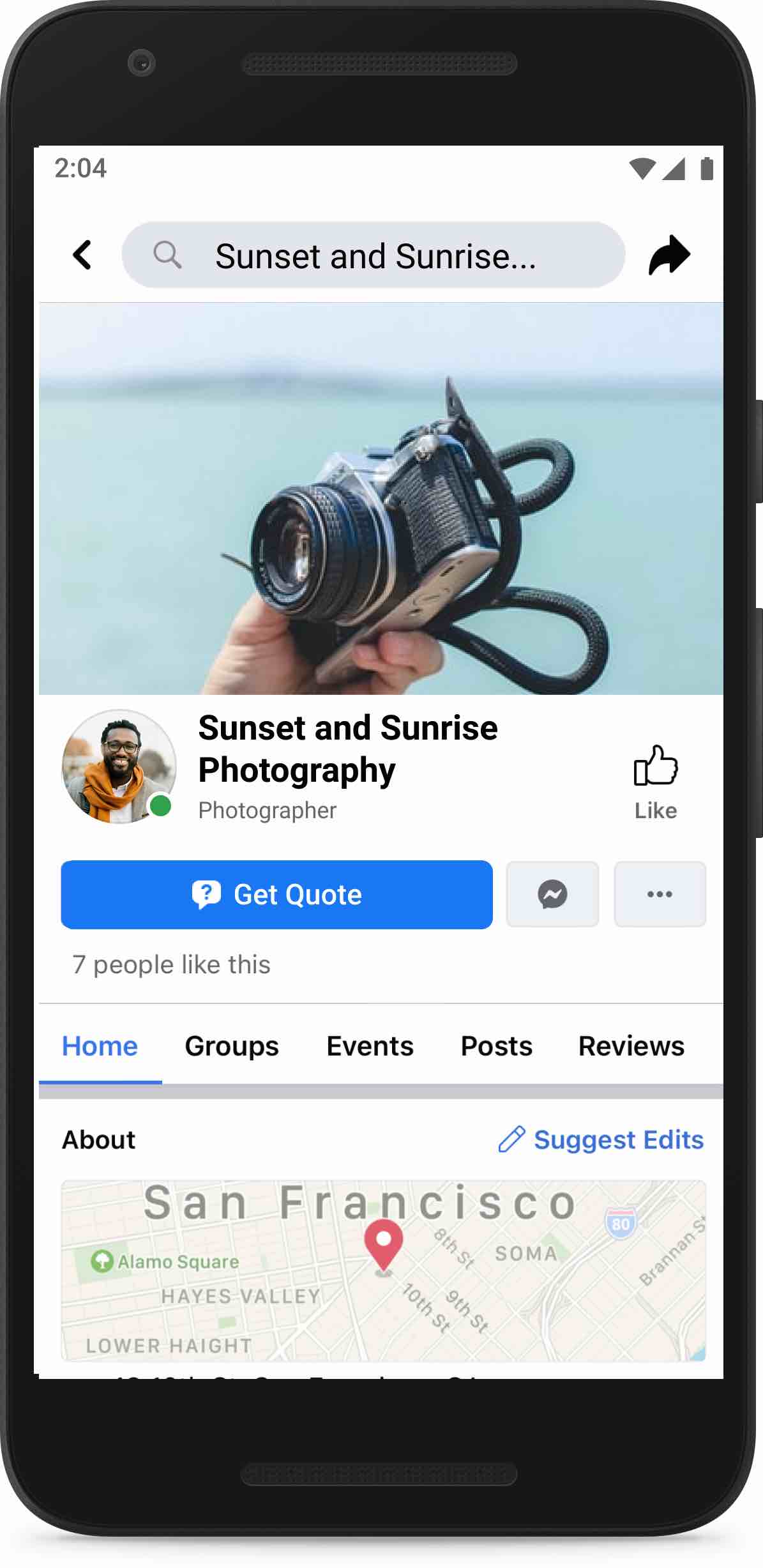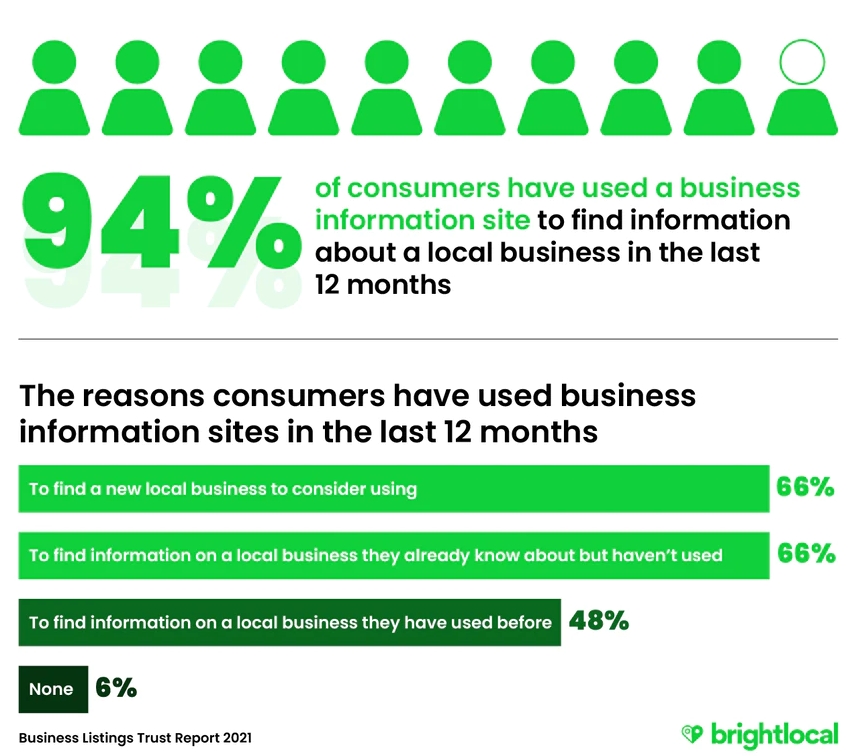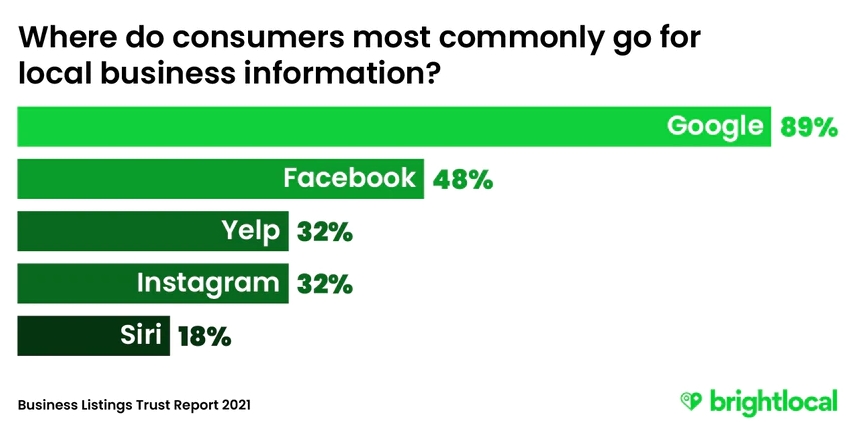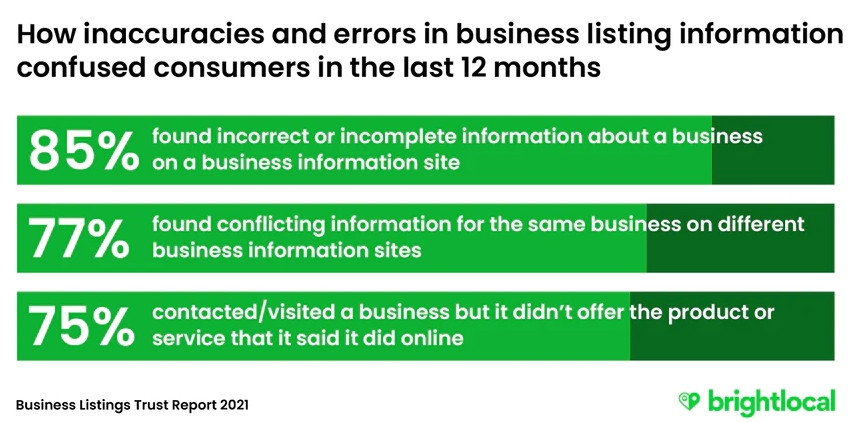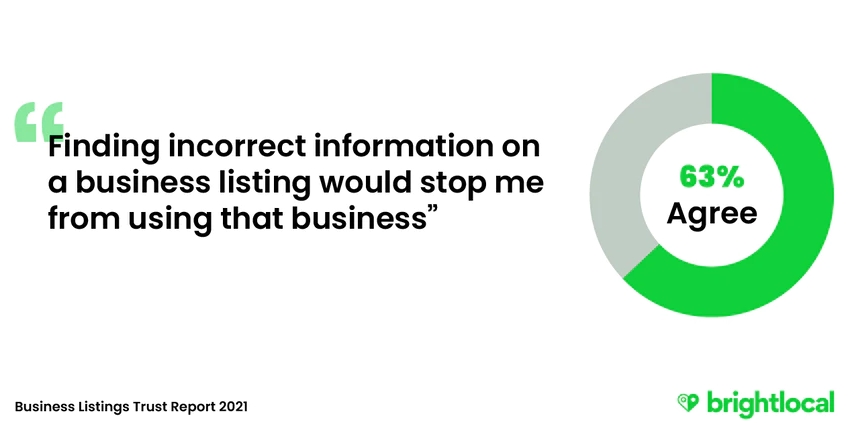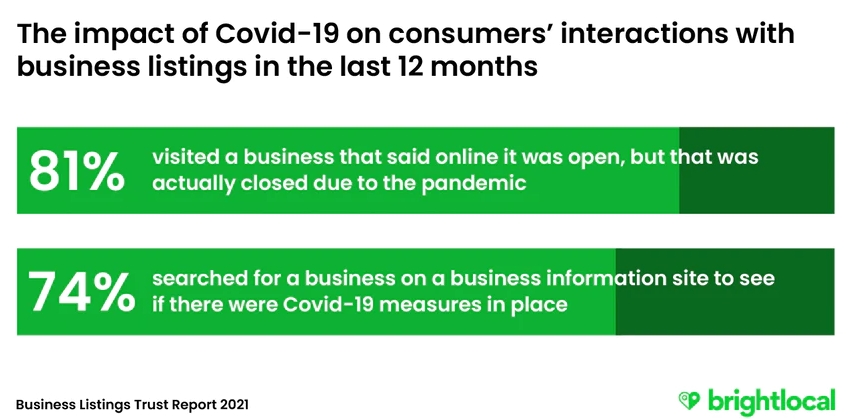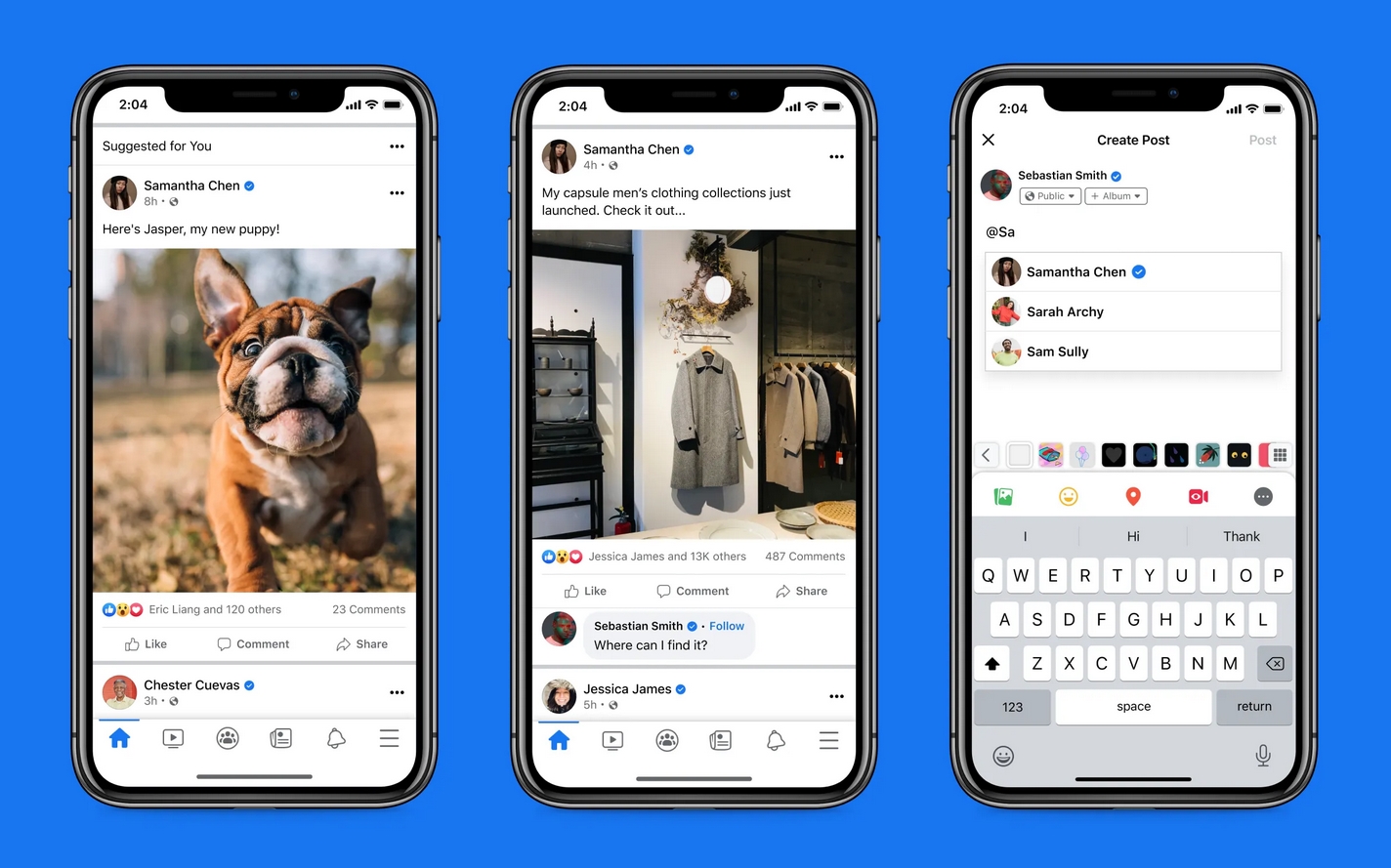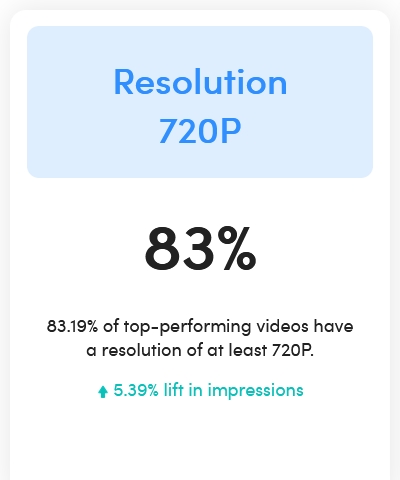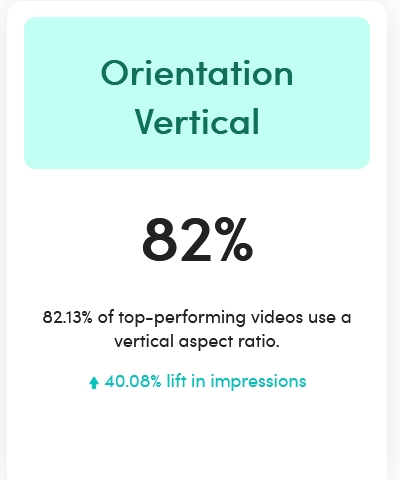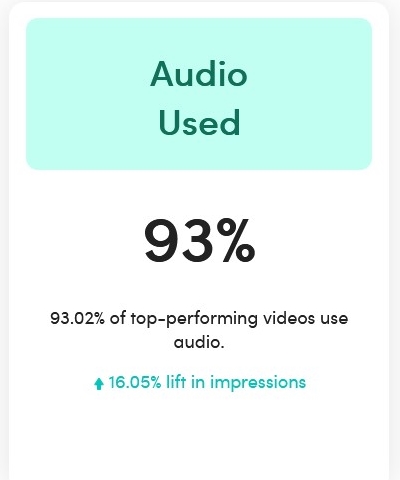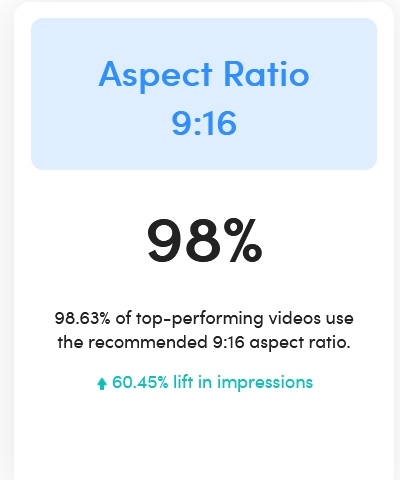Google says it is going to be radically updating its search engine by integrating its new “MUM” algorithm into its systems.
This will allow Google’s search engines to better understand topics, find better answers and sources, and provide more intuitive ways to explore ideas.
Accompanying these new search systems, Google is going to be redesigning its search pages with new features that provide new ways to discover information and conduct searches that are more visual.
What is the MUM Algorithm?
Introduced earlier this year, the Multitask Unified Model algorithm, or MUM, allowed Google to better find information using images and across multiple languages.
The main purpose of the algorithm is to improve Google’s ability to search with images and other types of visual content, rather than just text.
Three Ways MUM Is Changing Search
While it is hard to know exactly how transformative the introduction of the MUM algorithm will be before it arrives, Google did highlight three key features which will be coming with the change.
- “Things to know”
- Topic Zoom
- Visual Topic Exploration
Google’s “Things to Know”
Using predictive models, Google’s search engine will soon intuit the most likely steps you will take after an initial search and deliver websites that will facilitate those actions.
To help illustrate this process, the announcement uses the example of a user searching for “acrylic painting”.
According to the search engine’s data, there are more than 350 topics associated with that specific keyword phrase.
Using this knowledge, the “things to know” feature will then identify the most relevant or popular “paths” users are likely to take to further explore that topic and find content relating to that.
Topic Exploration
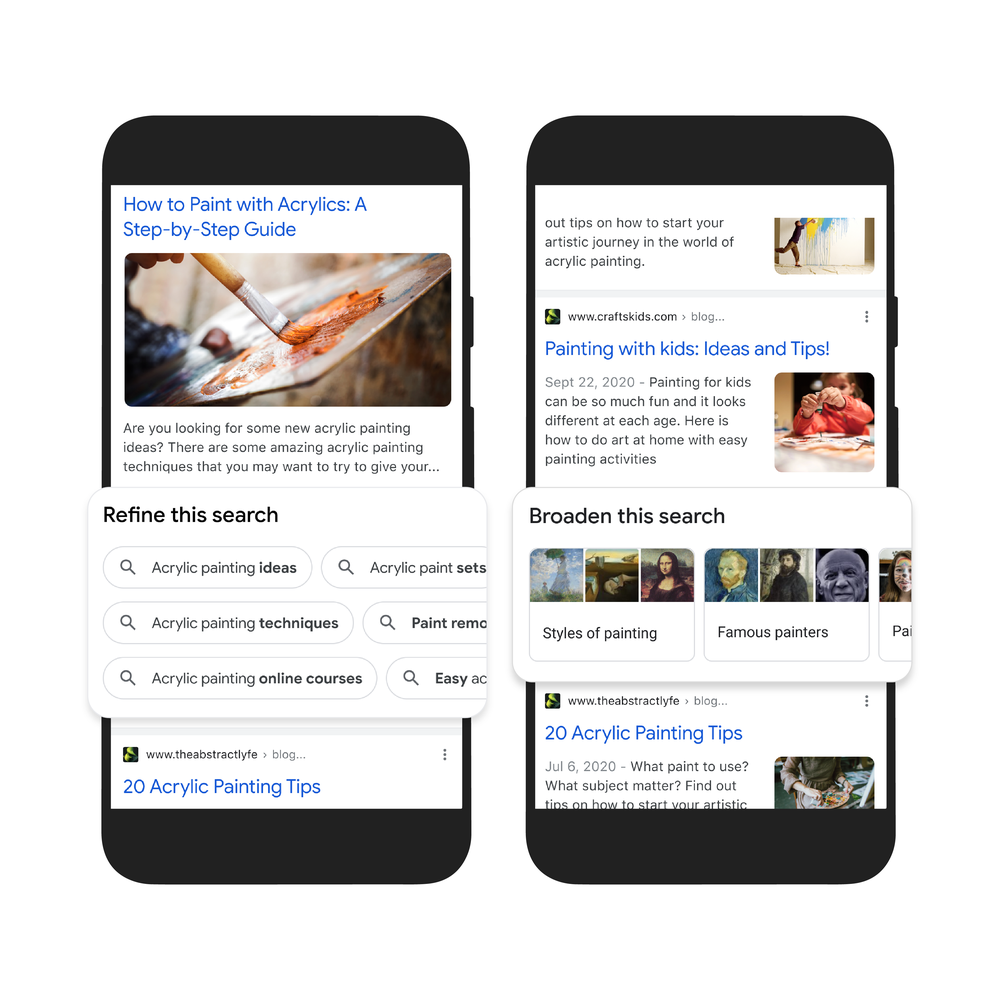
The next feature piggybacks on the last by making it easy to dive into related topics or find more in-depth information.
Using the feature, users can quickly broaden the topic they are looking at to find more general information, or zoom in to more detailed resources.
Visual Exploration
The last update enabled by MUM is actually already live on the search engine, providing a new way to visually explore topics.
Specifically, the visual search results page will appear for searches where a user is “looking for inspiration.”
“This new visual results page is designed for searches that are looking for inspiration, like ‘Halloween decorating ideas’ or ‘indoor vertical garden ideas,’ and you can try it today.”
It is likely that these new features are just the start of Google’s introduction of the MUM algorithm to revamp how it does search. Since its start, the search engine has struggled to understand visual content, but MUM finally provides a path to not only understand but deliver visual content across the entire Google platform.

